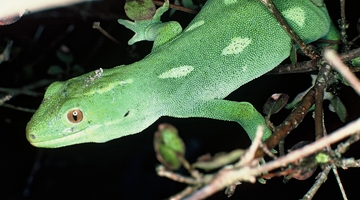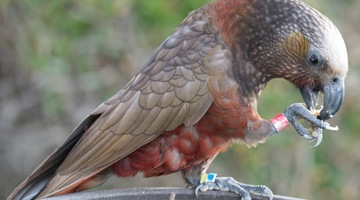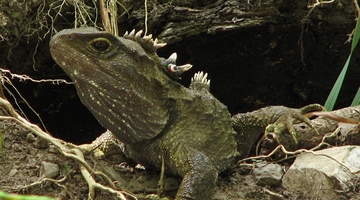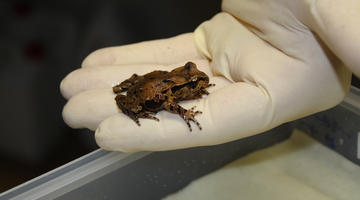Associate Professor Alison Cree, from the University of Otago, talks about the importance of translocation for the conservation of our native species. In New Zealand, the Department of Conservation has the authority to approve translocation proposals. They do this in consultation with Māori as well as species experts.
Point of interest
Discuss other conservation methods you may have heard of. Are any of these methods linked to translocation?
Transcript
DR ALISON CREE
Translocation is an important aspect of conservation, particularly in New Zealand. It involves shifting animals from one location to another with the intention of starting a new population in that area.
You could look on it as insurance by having populations in a wide range of different places. Any one population, if it gets wiped out, that doesn’t mean a big proportion of the total population gets wiped out.
When we first come up with ideas that it might be useful to translocate animals like tuatara, the first thing we have to do is start talking to the people who will be affected by this and who give the permissions. So biologists and conservation managers and iwi and, really, other people in the local community too have to be convinced that it’s a good idea before going ahead.
We need to think about impacts on the source populations because we don’t want to over-harvest and cause the source population to get into trouble. And we need to make sure that the site the animals are going to go to is appropriate for them. Does it have the right habitat? Is it actually free of the threats that caused their disappearance in the first place? That’s a really important question.
Acknowledgement:
Department of Conservation. Crown copyright 2009.






